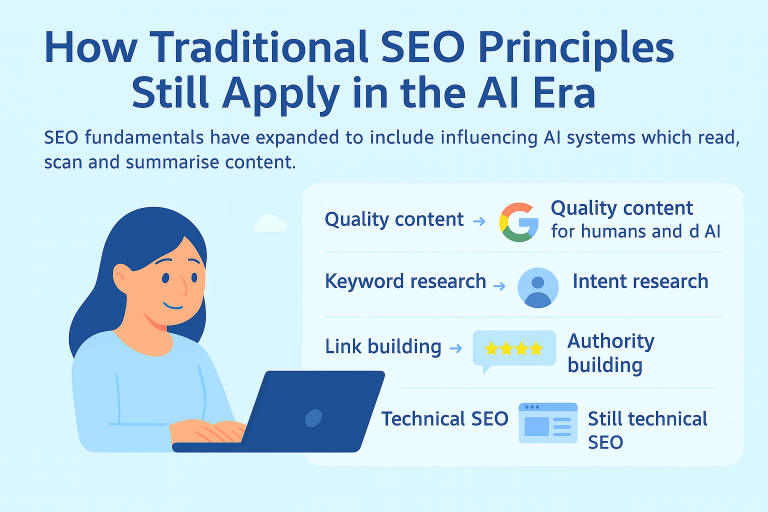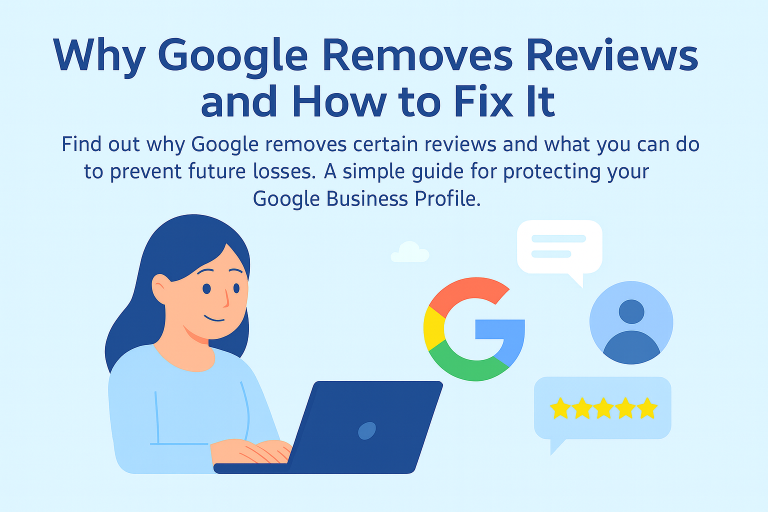If your website isn’t showing up on the first page of Google, you might need some technical SEO fixes. These are simple changes that can help your website rank better in search engines. In 2025, search engines like Google are even smarter, but they still need a well-built website to crawl and understand your content.
In this article, we’ll show you the best technical SEO tips that you can use to boost your rankings. Whether you run a blog, an online store, or a business website, these tricks will help your visitors and the search engines too.
What is Technical SEO?
Technical SEO is all about making your website easy for search engines to crawl, understand, and index. It’s not about writing content or building backlinks it’s about fixing the “behind-the-scenes” parts of your website.
Think of your website like a house. Technical SEO is the plumbing and wiring it helps everything run smoothly.
Make Your Website Fast
Website speed matters a lot in 2025. If your site takes too long to load, people will leave before they even read your content.
How to fix it:
- Compress your images using tools like TinyPNG.
- Use modern formats like WebP instead of JPG or PNG.
- Use a caching plugin if you’re on WordPress.
- Choose a fast and reliable hosting provider.
Pro Tip: Google’s PageSpeed Insights tool gives you a free report on how fast your website is and how to fix it.
Mobile-Friendly Design is a Must
More than 60% of people use mobile phones to search the web. If your site doesn’t work well on mobile, Google won’t rank it high.
How to fix it:
- Use responsive web design (your website should fit all screen sizes).
- Make sure buttons are easy to tap.
- Avoid pop-ups that cover the screen.
Check your site: Use Google’s Mobile-Friendly Test tool to see if your site passes.
Fix Broken Links
Broken links (404 errors) are bad for users and bad for SEO. They stop Google from crawling your site properly.
How to fix it:
- Use tools like Google Search Console, Screaming Frog, or Ahrefs to find broken links.
- Update or remove the broken links.
- Set up 301 redirects to guide old links to new pages.
Use a Sitemap
A sitemap is a file that tells search engines about all the pages on your site. It helps Google find and index your content faster.
How to fix it:
- If you’re using WordPress, use the Yoast SEO plugin to create a sitemap.
- Submit your sitemap to Google Search Console.
- Make sure your sitemap updates whenever you add or remove pages.
Clean URL Structure
Your website links (URLs) should be clean and easy to read. This helps both users and search engines understand what the page is about.
Good vs Bad URL:
- Good: www.example.com/seo-services
- Bad: www.example.com/page?id=123
Tips:
- Use hyphens (-), not underscores (_).
- Include target keywords in the URL.
- Keep URLs short and simple.
Secure Your Website with HTTPS
HTTPS is the secure version of HTTP. Google gives a small boost to secure sites. If your website still uses HTTP, it’s time to update.
How to fix it:
- Get an SSL certificate from your host or a free provider like Let’s Encrypt.
- Update all internal links to use HTTPS.
- Set up a 301 redirect from HTTP to HTTPS.
Remove Duplicate Content
Duplicate content confuses search engines. They don’t know which page to rank, so they may ignore both.
How to fix it:
- Use tools like Siteliner or Copyscape to find duplicate pages.
- Use canonical tags to tell Google which version is the original.
- Rewrite or remove any copied content.
Use Structured Data (Schema Markup)
Schema markup helps search engines understand what your page is about. It also helps your content show rich results like star ratings, prices, or FAQs.
How to fix it:
- Use a schema generator tool like Schema.org or RankMath plugin.
- Add the correct schema based on your content (e.g. Blog, Product, Review).
- Test it using Google’s Rich Results Test tool.
Improve Crawl Budget
Google only spends a limited amount of time crawling your site. You want to make sure it spends time on your most important pages.
How to fix it:
- Block unimportant pages (like admin or login pages) in your robots.txt file.
- Keep your site structure simple and flat.
- Fix redirect chains and remove any loops.
10. Use Internal Linking Wisely
Internal links help Google understand which pages are important. They also help users find related content.
How to fix it:
- Link to other helpful pages within your blog or service pages.
- Use descriptive anchor text (e.g. “Learn more about SEO Services”).
- Avoid too many links on one page (keep it natural).
FAQs – Technical SEO Fixes in 2025
Q1: Do I need coding knowledge to do technical SEO?
No. Many technical SEO tasks can be done with tools and plugins. You don’t need to be a coder.
Q2: How long before I see results?
Some fixes like improving speed or mobile design can give you quick wins. Others, like crawl budget or schema, take a few weeks to show results.
Q3: Is technical SEO more important than content?
Both are important. Great content won’t rank if your site is slow, broken, or hard to crawl.
Q4: Should I hire someone for technical SEO?
If you run a large site or don’t have time, hiring a professional like Leadtap is a smart choice.
Conclusion: Let Leadtap Help You Grow
Doing technical SEO fixes may seem hard at first, but they make a huge difference to your site’s success. Whether it’s fixing broken links, speeding up your site, or adding schema markup, every fix helps you move up in search results.
If you need expert help, Leadtap is here for you. We’re a digital marketing agency that offers SEO Services and Search Engine Services for all types of businesses. We make sure your website is fast, smart, and ready to rank.
Our team uses the latest tools and follows Google’s best practices to make sure your site gets the visibility it deserves. Let Leadtap handle your SEO, so you can focus on growing your business.





